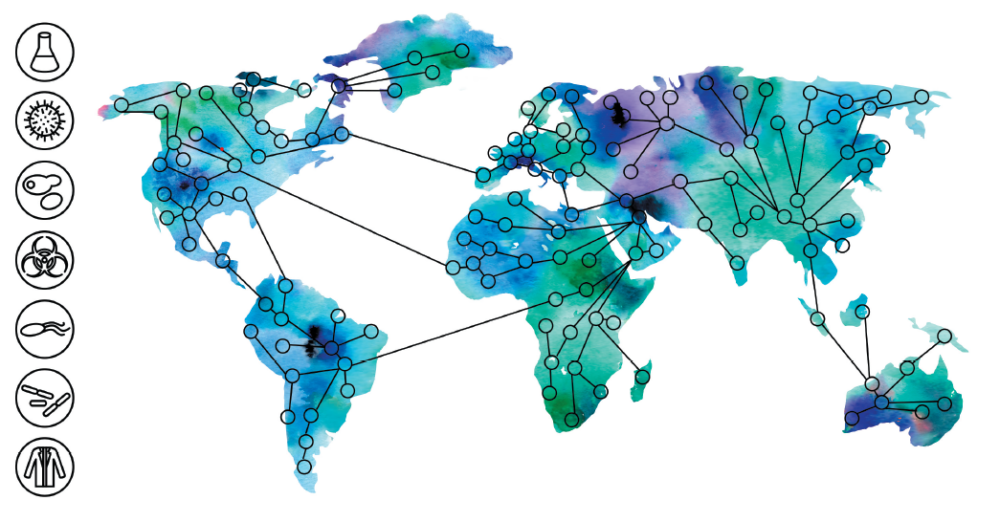
Aparupa Sengupta, Ph.D., RBP
Senior Program Officer, Global Biological Policy and Programs
There are no best practices for organizations involved in life science research to prevent accidents or misuse of their work, and information about life science risk management processes is rarely documented and shared. The absence of best practices could lead to the misuse of life science research with catastrophic consequences.
Engaging organizations internationally to collect, document and pilot the most effective best practices for biosecurity and biosafety risk management.
A set of openly available biosecurity and biosafety risk management strategies with real-world examples, and a network of stakeholders committed to sharing and testing these strategies to enhance security across life science research.
Advances in life science research and technology development hold promise for public health, economic development, and many other domains. At the same time, it is increasingly important to establish effective guardrails to prevent accidental or deliberate misuse of the knowledge, tools, and methods generated through life science research. However, there are no established best practices for organizations that enable, support, and oversee life science research to prevent accidents, misuse, or other adverse outcomes from their work. Additionally, many organizations in this field rarely document their risk management practices, and knowledge sharing is often ad hoc and informal. Establishing best practices is critical to help prevent the accidental or deliberate misuse of information, knowledge, tools, technologies, and methods in life science research.
NTI | bio partnered with the Stanford University Bio Policy & Leadership in Society Initiative (Bio.Polis) to establish the Visibility Initiative for Responsible Science (VIRS). VIRS was established to engage a diverse set of organizations that fund, support, perform, or publish life science research to identify insights and strategies that may enable systematic improvements in biosecurity and biosafety risk management across the research lifecycle. This work includes:
Insights collected by the VIRS project team can be used by global organizations, such as the International Biosecurity and Biosafety Initiative for Science (IBBIS), to develop a set of recommended strategies for the international research community to strengthen best practices and norms to prevent the misuse of life science research.
The VIRS project research was conducted under the leadership of Megan J. Palmer and Sam Weiss Evans, and carried out by the Stanford University Center for International Security and Cooperation (CISAC) Biosecurity Innovation & International Security Fellows Melissa Salm, Daniel Greene and Kathryn Brink, alongside social science research professional Connor Hoffmann.
This project emerged from NTI’s Biosecurity Innovation and Risk Reduction Initiative (BIRRI).
NTI | bio supported the development of a new report from Stanford University’s Bio Policy & Leadership in Society Initiative that highlights the importance of sharing biosecurity and biosafety best practices for life science research.
Practical solutions for organizations involved in life science research to manage risks and prevent accidents, misuse, and other adverse outcomes stemming from their work.


